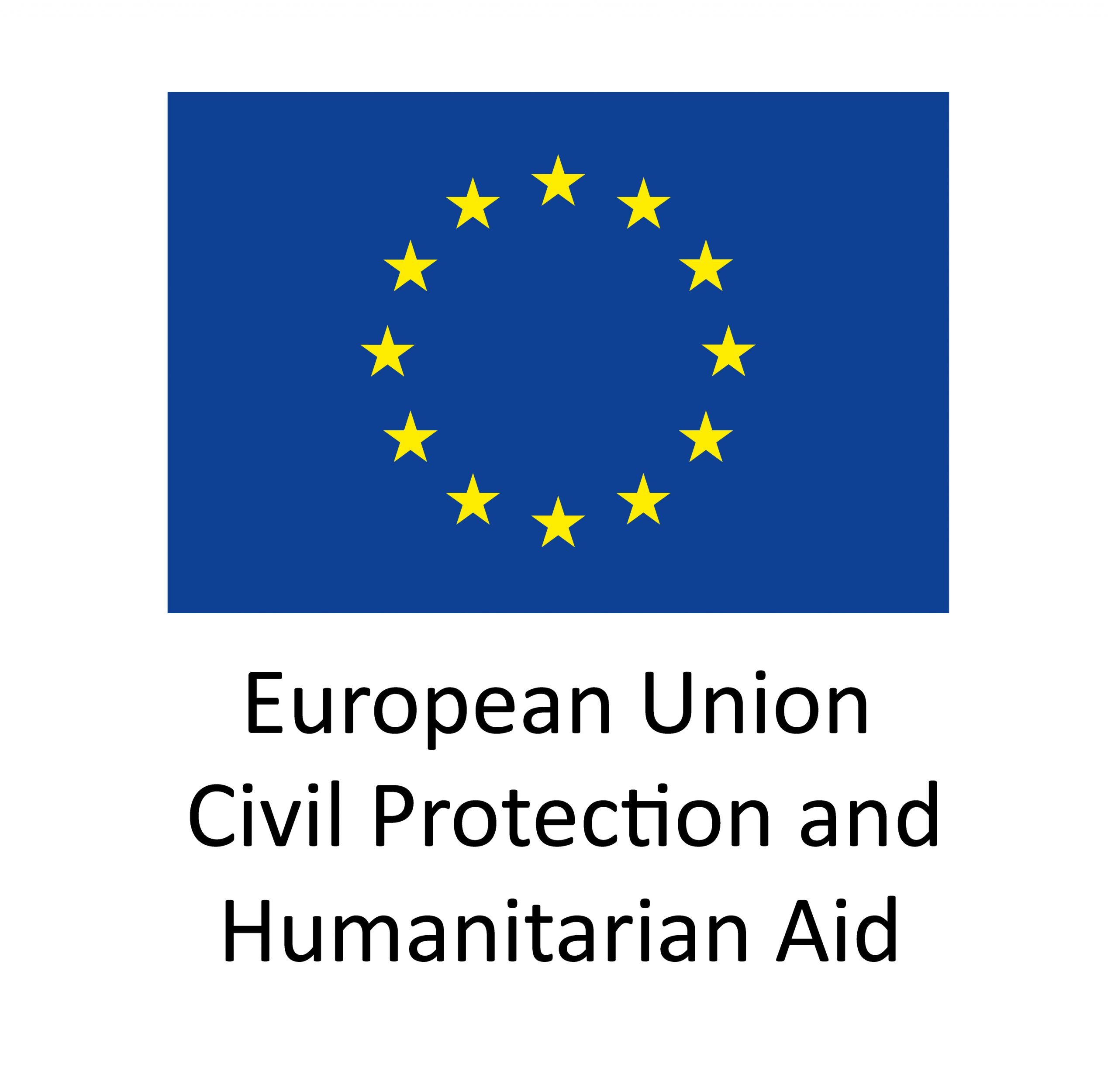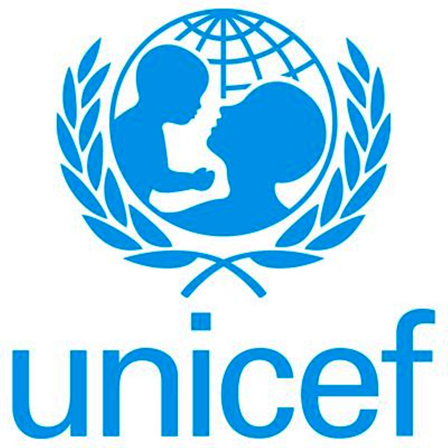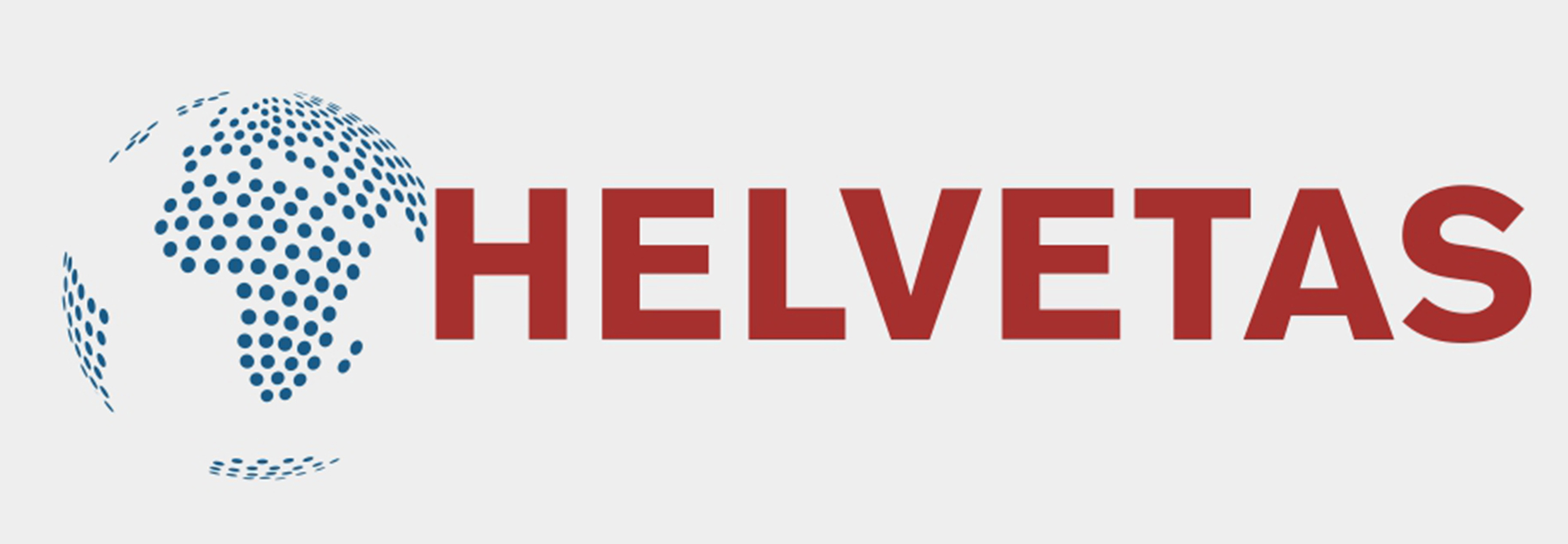CAD is implementing education project in Gangaw township which is located in Magway region. Gangaw township is subject to clashes between the military and armed resistance: Magway is contested as a corridor to Chin, while Sagaing is targeted by the military due to the high presence of resistance and for access to north Chin. Both regions see raids and clashes, extrajudicial killings, arbitrary arrests, arson and property destruction.
Thousands of people are thus displaced, with a fluid situation in terms of type and duration of displacements: at least 53.000 IDPs were reported in Magway and at least 72.970 in Sagaing.
These types of displacement were identified:
Most of the income generating activities of rural areas are being challenged. As a consequence, families report significant income decrease, facing forms of food insecurity and adopting negative coping strategies.
In most of the villages, houses destroyed or partially destroyed by arson are reported, in the order of some units per village.
Public service/governance structures are almost 100% non-functional (except the Police Force, often perceived as part of the military oppression), while no clear parallel governance structure is set up by oppositional forces yet. Targeted areas are not reported to be covered by humanitarian assistance so far.
In such a context, social services and safety nets are disrupted. Almost all key informants interviewed said they feel overwhelming fear of the dangers of moving around, caused by the threat of military raids in conflict-affected areas and neighbouring villages. Protection is thus a crosscutting need, especially for vulnerable groups:
EDUCATION SPECIFIC PROBLEMS AND NEEDS
Access and learning environment
In the targeted areas there are no fully functional schools. Around 50% of the schools are partially functioning only in areas controlled by the SAC. Schools that are not functioning at all, are closed due to conflict or because they shelter IDPs or have all their teachers in the CDM.
Therefore, in the school year 21/22, around 50% of the pupils in the area have lost the entire year while the other 50% have lost from one third to half of the school days.
The main reasons forcing pupils to miss the lessons in the functioning schools, according to the key informants, are: violence on the way to school, harassment, bullying and school fees. These factors equally affect girls and boys. Moreover, all the children are affected likewise, regardless of gender, age, disability and ethnic background since all children and teachers who want to go back to class are viewed as pro SAC and, therefore, disincentivized to attend classes.
Teaching and learning
The cycle of teaching and learning has almost completely stopped within most of the existing formal apparatus. This huge gap is being partially filled by alternative education opportunities set up by teachers in CDM, religious figures, community members, willing to provide out-of-school children with informal education avoiding the obligation to stick to the curricula imposed by the MOE.
Teachers and other personnel
The targeted area is predominantly rural with an adhesion of teachers to the CDM higher than in the urban ones. The absence of teachers makes the return to class impossible even to the willing children.
The same teachers however, together with religious leaders and community members, are currently activating and running self-organized informal education initiatives in communitarian buildings, monasteries, open spaces etc. However, due to the makeshift nature of these initiatives and to the disparate background of the promoters, training is described as a high priority by the key informants.
Education policies
A divide emerges between the MOE curricula and the contents delivered by the informal education initiatives in the areas not under the SAC control.
Political differences, inhomogeneous training backgrounds and levels, differences in materials and structures, all contribute to uneven, and often incompatible, educational offers that represent a concern in view of a future return of the out-of-school children to the formal education system.




